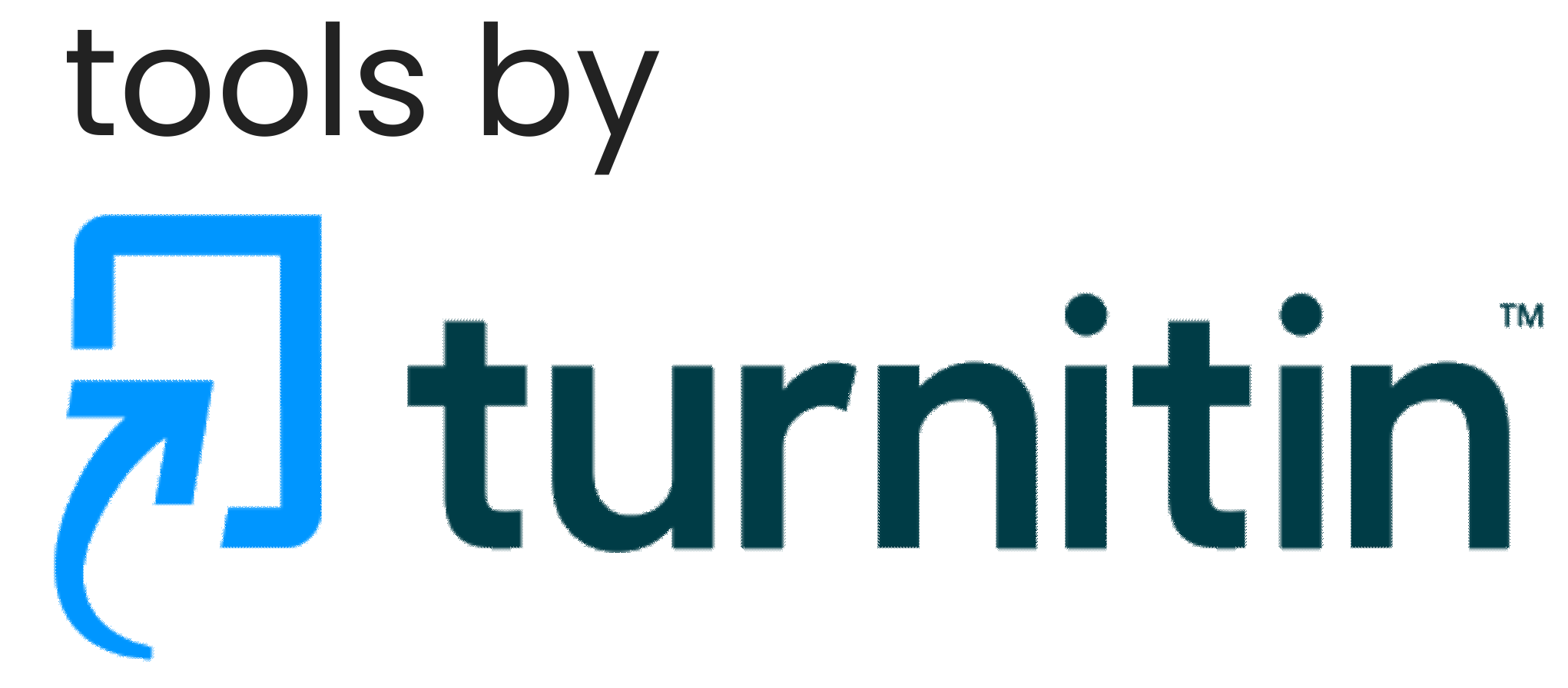Relationship between Lead Exposure and Genotoxic Effect in Paint Industry Workers
DOI:
https://doi.org/10.59188/devotion.v4i7.517Keywords:
DNA Damage; Occupational Lead Exposure; Paint Industry workers; PbBAbstract
Lead-based paint is a main source of lead exposure to paint industry workers and causes an imbalance of Reactive Oxygen Species (ROS) and antioxidants, causing a genotoxic effect. Pb in the blood (PbB) level and DNA damage are frequently used as exposure and effect biomarker of lead. The purpose of this study to determine the relationship between PbB level and DNA damage due to occupational lead exposure in paint industry workers. The research design uses a cross-sectional epidemiological study involving 52 workers from three paint manufacturers in Indonesia. Blood samples were taken for PbB analysis using ICP-MS, while DNA damage was analyzed using the Comet Assay method. The PbB average obtained was 4.36±1.60 µg.dL-1, where 17 workers (32.69%) exceeded the safe limit value of PbB (5 µg.dL-1). Meanwhile, the influential factors of PbB are the working period and alcohol consumption (p=0.029). The level of DNA damage was represented as Tail DNA (%), and the average was 9.62±0.19 %. All respondents in this study were categorized as under low damage (Class 2). There was no significant relationship between PbB and Tail DNA (%) and has a negative correlation (p=0.878; r=-0.022). The study concludes that there was no difference in Tail DNA (%) between PbB ≥ 5 µg.dL-1 and PbB < 5 µg.dL-1 (p=0.876). It means that lead exposure in this finding has not reached a level that can significantly cause DNA damage. However, it is necessary to monitor PbB levels in workers to minimize genotoxic or other effects.
Published
Issue
Section
License
Copyright (c) 2023 Intan Nur’azizah Rahman, Katharina Oginawati, Yuyun Ismawati, Sonia Buftheim

This work is licensed under a Creative Commons Attribution-ShareAlike 4.0 International License.
Authors who publish with this journal agree to the following terms:
- Authors retain copyright and grant the journal right of first publication with the work simultaneously licensed under a Creative Commons Attribution-ShareAlike 4.0 International. that allows others to share the work with an acknowledgement of the work's authorship and initial publication in this journal.
- Authors are able to enter into separate, additional contractual arrangements for the non-exclusive distribution of the journal's published version of the work (e.g., post it to an institutional repository or publish it in a book), with an acknowledgement of its initial publication in this journal.
- Authors are permitted and encouraged to post their work online (e.g., in institutional repositories or on their website) prior to and during the submission process, as it can lead to productive exchanges, as well as earlier and greater citation of published work.













